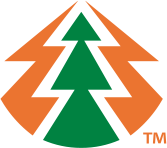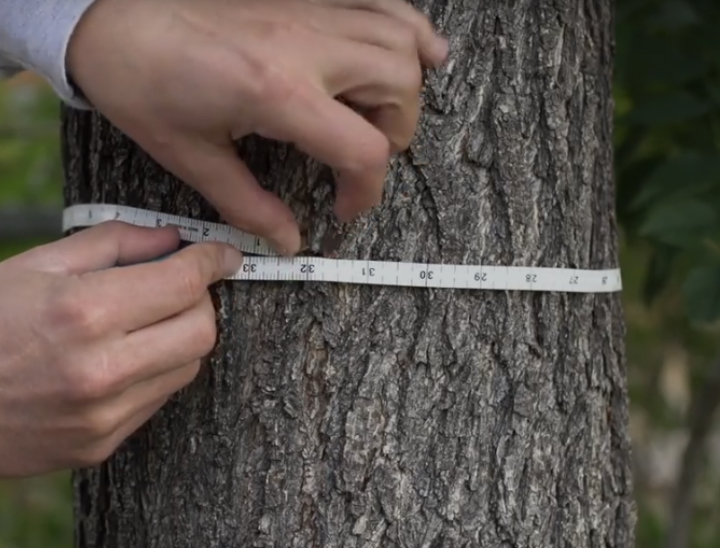Did you know you can estimate the age of your trees?
In this post, we will walk you through a simple and effective method to estimate the age of your trees.
- Assess Tree Species and Growth Rates
Different tree species exhibit various growth rates, making it crucial to identify the type of tree you want to assess. Some species, like pines and firs, grow faster, while hardwoods like oaks and maples generally have slower growth rates. Research and identify the common tree species in your region, as this will be the foundation of your estimation process.
- Measure the Tree’s Circumference
To estimate a tree’s age, you’ll need to measure its circumference. Start by taking a tape measure and wrapping it around the tree trunk at about 4.5 feet (1.37 meters) above the ground – this is known as the “breast height.” Make sure the tape is snug but not too tight. Record the measurement in inches (or centimeters).
- Utilize a Growth Factor
Once you have the tree’s circumference, you can use a growth factor to estimate its age. The growth factor is a value specific to each tree species that helps convert the circumference measurement into an approximate age. For instance, a common growth factor for oak trees is 5, meaning each inch of circumference corresponds to approximately five years of growth.
- Apply the Growth Factor Formula
To calculate the estimated age of your tree, simply divide the tree’s circumference (in inches) by the growth factor for that species. Here’s the formula:
Age = Tree Circumference (in inches) / Growth Factor
Example:
Suppose you have an oak tree with a circumference of 60 inches. Using the growth factor of 5 for oaks:
Age = 60 inches / 5
Age = 12 years
According to this estimation, your oak tree is around 12 years old.
- Account for Environmental Factors
Keep in mind that while this method provides a reasonable estimate, it may not account for various environmental factors that affect tree growth. External factors like climate, soil conditions, availability of water, and competition with other nearby trees can influence a tree’s growth rate.
Estimating the age of your trees can be an exciting and educational process. By following the steps outlined in this guide, you can gain insights into your trees’ growth rates and better understand their lifecycle. Remember to take into account environmental factors and consult experts when needed to ensure your trees thrive for years to come. Happy tree estimating!


Recent Comments